The relatively unexplored mountains of the Kii Peninsula, located in central Japan, are home to three sacred sites: Kumano Sanzan, Koyasan, and Yoshino-Omine. These three sites have nurtured a variety of beliefs, including Shintoism, Japan’s indigenous belief which originated from a reverence for nature; Buddhism, introduced from China yet culturally reshaped in Japan, and Shugendo, which is a synthesis of both. In July 2004, these sites, the pilgrimage routes connecting them, and the cultural landscape formed over time by nature and human activity, were recognized by UNESCO as a common heritage of mankind, and registered as a World Heritage site, the “Sacred Sites and Pilgrimage Routes in the Kii Mountain Range.”

Overview
Shrouded in mysticism and folklore, the Kumano Kodo is an ancient series of five pilgrimage routes that link the three Grand Shrines of Kumano (Kumano Sanzan) with the rest of the country. Set in the otherworldly mountains of the Kii Peninsula, it is one of only two UNESCO world heritage designated pilgrimages in the world.
On this tour you will be taking the 160-kilometer Iseji coastal route, unique as a pilgrimageroute for its passage between mountain and sea. What makes this pilgrimage truly special is that it connects the Kumano Sanzan with the most important site in the Shinto faith, Ise Grand Shrine. Often referred to as the ‘soul of Japan’, this ancient holy site is home to Amaterasu, Japan’s most divine deity, the Shinto Goddess of the Sun. Pilgrims in the Edo period travelled to Ise and the Kumano Sanzan after completing the Saigoku 33 Kannon pilgrimage, praying and accumulating merit as they went.
Travel in the manner of these pilgrims from long ago. The journey will take you off thebeaten track and deep into Japan’s rural beating heart. Through fishing towns and rice terraces, mountains and coastlines, you will get to see the true beauty of the countryside. The Iseji Route receives far fewer tourists than other routes. As a result, there is a tangible authenticity in the places you will go and the people you will meet. What’s more there will be plenty of opportunities to chat with locals, hear traditional tales and get hands-on in with their culture.
Please note that this tour is a physically demanding and requires a certain level of fitness. It may not be suitable for people with no hiking experience or with mobility issues. For more information, please contact us.
Highlights
- Hike along the ancient Kumano Kodo Iseji pilgrim path, stopping off at small towns and taking in breathtaking sights along the way.
- Visit Ise Grand Shine, the most important site in the Shinto faith.
- Visit all three of the Kumano Grand Shrines (Kumano Sanzan), completing the mission of your pilgrimage.
- Enjoy a special purification ceremony featuring Wadaiko Japanese drums at a Shinto shrine.
- Kayak down the coast in a section of the pilgrimage historically taken by boat.
- Get hands-on with cultural experiences during the tour, with special opportunities such as a local style sushi-making class.
- Explore this beautiful region and meet the locals as your trip helps to revitalize the rural area.
- Explore the mountain sanctuary Koyasan, whose 1200 years of history are portrayed in the massive cemetery for most of Japan's historical giants, and in the ancient trees that tower high above all.
Itinerary
Arrival at Kansai international airport.
Your guide will welcome you after the customs area.
Express train HARUKA takes you directly to Kyoto, ancient capital city.
Relax and take your time onboard the train since it terminates at Kyoto station.
Your hotel is located within walking distance of Kyoto station.
Accommodation type:
Via Inn Kyotoeki Hachijoguchi
Uji, famous for Japanese tea, has excellent treasures that serve as an introduction to Japanese beauty. Byodoin’s buildings were repeatedly lost to fires and other calamities over the centuries, however, the Phoenix Hall was never destroyed, and has been standing since 1053, making it one of the few original wooden structures.The Phoenix Hall and its garden were a reproduction of the Paradise that the aristocrats of the time had longed for.
The people of the period considered their time to be the end of the world and people were terribly anxious. People longed for a perfect world.
On Daimonji-mountain, near Ginkakuji temple, bears the character of <大> , which is seen from anywhere in Kyoto when it is set alight on 15AUG. This day marks the end of the Obon season, which is the time of the year when the souls of one’s ancestors return from the other world on their annual visit.
This mountain is easy to hike and offers great views of Kyoto.
Hiking
Distance 5.5km / Duration 2.5hrs / Height 465m
Accommodation type:
2 consecutive nights
This day starts from Ohara, an attractive rural town north of Kyoto by public transportation. The Main hall of the town’s most iconic temple displays three statues of Buddhist deities, which will provide a foreshadowing of the tour to come, as arrangement of the deities is the same as the arrangement of the Sanskrit characters on the oizuru that we will wear on this tour.. After a delicious lunch, our hike to Kurama and Kibune begins.
After three hours hiking from Ohara, you will be welcomed by Tengu, a supernatural being with a long nose, that is a symbol of Kurama temple . The Tengu are renowed swordsmen and are said to have taught the military arts to Minamoto Yoshitsune in the higher reaches of the forest, whose floor is covered with a intricate system of exposed roots.
Another two hours hiking will bring you beautiful Kifune Jinja, a shrine related to sacred water, which has been praised since ancient times by the locals.
Hiking
Distance 8.6km / Duration 5hrs
Accommodation type:
2 consecutive nights
After check out, transfer on foot to Kintetsu Kyoto station.Travel by comfortable train to Ise station with your guide.
After leaving your luggage with a courier service, you’ll head to the most important place in the Shinto faith, Ise Grand Shrine. Walk around the inner shrines of Geku and Naiku to see these sublime sacred sites and learn more about Japan’s
folk religion.
Next stroll through Oharaimachi, a town that developed near the gates of Ise Grand Shrine. Once bustled with pilgrims who would shop here for souvenirs to bring home with them, the town still retains that exciting old-town shopping district feel even today.
In Japan, it is customary to visit the Inner Shrine after the Outer Shrine. The Inner Shrine is the highest-ranking shrine in Japan,and dedicated to the supreme deity Amaterasu Omikami. It is surrounded by 14 other shrines called betsugu
(separate shrines), plus 125 other shrines, including auxiliary and subordinate shrines, making the entire area a sacred area. Learn about the relationship between mythology and the Japanese imperial family.
After visiting Ise Grand Shrine, take local public transportation to Futamigaura. End the day by checking in at your accommodation.
Our guide takes you traditional Japanese architecture as you a walk through the town’s wooden inns and buildings along the way to Futamigaura. Stroll along the beach to get a longer look at Meoto Iwa. A stunning view and a real icon of the
area.
There are legends of Iwato or Iwaya all over Japan, which suggest the hiding place of Amaterasu Omikami, the Sun Goddess. Futamigaura is said to be one of the most likely sites of this legend, since the morning sun rising above the paired rocks appears to sink into the Iwaya grotto.
Accommodation type:
Hotel Castle inn Ise Meotoiwa
Begin your pilgrimage from the official starting point, Tamaru and Ishibutsuan.
The first full day of your pilgrimage will begin at Futamigaura, where you’ll pass through the ‘official’ starting point of the Iseji route, Tamaru and Ishibutsuan.
As the theme of this Iseji Pilgrimage Tour is to relive the Edo period, you will receive a special authentic pilgrimage costume(oizuru vest), recreated according to the historical research of the Edo period. Standing at the starting point and clad in this pilgrimage attire of olden days, you have now become a worthy pilgrim.
If you bring a walking stick, please use a wooden walking stick, as metal trekking poles may damage the cobblestones.
After visiting Tamaru, you’ll start the day’s hike at Tsuzurato Toge Trailhead (hiking 6km / 3hrs / 356m elevation gain). This section of the ancient pilgrimage will take you past some beautiful rural scenery, eventually leading to Kii-Nagashima, where the day’s hike will end.
The Kii Peninsula has a lot of rainfall, and cobblestones were put up to prevent earth and sand from being washed away.The different methods of restoration and construction also tell the story of the times. This pass used to be the border
between the Provinces of Ise and Kii. Tsuzurato means “ninety-nine turns,” and in due course there are a series of curves, but the stone pavements and walls have been well preserved.
The final stop will be a leisurely stroll around Uomachi fishing village, a district of Kii-Nagashima. Here, you’ll have the chance to hear some old folk tales about the infamous kami (spirit creature) known as the ‘Kappa’, and watch a shadow theatre play before heading to your accommodation for dinner.
Walk with the locals to get a close-up glimpse of life in a remote fishing village. Learn about the deep relationship between fishing and the Japanese people and culture.
Accommodation type:
Minshuku Kii-no-Matsushima
Hiking
Distance : 6 km / Duration 3 hours / 356m elevation gain
After breakfast, start the day’s hike at Magose Toge Trailhead (7km / 4hrs / 370m elevation gain), which you’ll reach via a private vehicle.
Magose toge Pass is where the most beautiful cobblestones of the Ise-ji remain, consisting of a variety of styles.This four-hour hike will involve taking on the summit of Tengura-san (Mt. Tengura). At the top of the mountain is the
mysterious Tengura-san, where you can see why there are such huge stones here. The view from the megalith on thepeak is breathtaking.
Your guide will explain the relationship between the Tengu legends and Japanese people, revealing more about mountain monks, Shugendo mountain worship, and the Japanese spiritual world.
The hike will eventually take you as far as the quaint seaside town of Owase. A guide will take you on a food walk in order to learn more about (and sample!) some delicious local delicacies.
Your food walk will be followed by a unique and rare experience at the nearby Owase Shrine: the chance to attend a special Shinto ceremony involving taiko drums and the worship of a holy tree. This is a side of Japan that not many people get to experience.
Owase has always been popular among pilgrims on their way to Kumano, and long flourished as a lively place. Located at the foot of the famous Yakiyama mount, one of the most difficult places to travel, people used to pray at the Owase Shrine
for the safety of their journey.
Japanese people used taiko drums, to repel evil spirits and enemies, as well as for prayers and dance. Get a better understanding of what taiko means to the Japanese, and why they pray at shrines while listening to the comforting and familiar sound.
The evening will be a leisurely one, with plenty of time to relax. Make sure to use this time to rest as much as possible. There’s still plenty of excitement ahead.
Accommodation type:
Hotel Viora in Owase city
Hiking
Distance 6km / Duration 3.5hrs / Elevation gain 446m
After breakfast on day four, you will travel to Mikisato Beach. Mikisato is a rest place for pilgrims who have completed the most difficult crossing of Mt. Yakiyama
Here, you’ll jump into a kayak and paddle your way to Kata Bay. Wait, kayaking? On a pilgrimage? That’s right, in fact it is recorded in old diaries that many Edo Period pilgrims took boats to from Mikisato to Sone in order to complete a part of their pilgrimage. This leg will be your ‘pilgrimage by sea’, an adventure not many will ever get to try and the only sea section on the Kumano Kodo.
(Note) The tour is open to experienced sea kayakers who are strong enough to paddle a distance of about 6KM, weigh up to 100 kg, and are at least 10 years old.Those who are not confident in kayaking will explore a nearby fishing village with a guide.
To end your sea excursion lunch will be served on a one-of-a-kind floating space. Mr. Nishi, a friendly local who runs an aquaculture business, will welcome you to his floating pad with an excellent lunch. You can shower and freshen up before a
BBQ lunch. It is also a great opportunity to ask questions to a local resident. Fully recuperated, you’ll then get ready to make a stop at Asuka shrine.
This area has long been home to stone-cutters and masonry workers. Stones mined here were used for the construction of Edo Castle in 1606, and were transported from Sone by stone boats. In addition, masonry craftsmen from Maruyama Senmaida migrated across the country during the Edo period to work as masonry workers for private houses and fields. At this shrine, visitors can see the splendid masonry skills of these craftsmen of the past.
This afternoon’s hike will take you along the Matsumoto Toge Ridge (3.6km / 1.5hrs / 120m elevation gain).
The beautiful cobblestones of the Edo and Meiji periods are the highlight of the Ise pilgrimage. The occasional crab darts across the moss that covers them..
You can also see the Jizo-sama, which still bears the marks of having been shot with a gun as it was mistaken for a monster. We will talk about what Jizo is and why he is often found on the path.
The view from the place where pilgrims used to look up to Hayatama-taisha Shrine is magnificent and will surely remain in your memories.
This hiking will then end with a pleasant walking along the UNESCO World Heritage Onigajo coastline near your accommodation before dinner. Enjoy the perfection of art created by nature, carved by the rough waves. After dark, enjoy the wonderful world of stars, including the Milky Way, which seems to emerge from the horizon.
Accommodation type:
Hotel Nami
Hiking
Distance 3.6km / Duration 1.5hours / Elevation gain 120 m
No rest for the wicked, your days hike awaits. This time you’ll walk along the Sone Jirozaka Tarozaka Toge Pass(5km / 3hrs / 410m elevation gain) taking you to Nigishima. When you reach your destination, a private vehicle will be waiting to take you to your accommodation, where dinner and rest await.
This ancient road of durable moss-covered cobblestones still maintains a mystical atmosphere. As the previous Yakiyama crossing was notoriously challenging, the path is lined with memorial monuments to fallen pilgrims who have been left behind. The proper mood is set to hear the story of Sone Jirozaka Tarozaka. The name “Sone” is derived from the name of the person who ruled this area in the past.
On finishing the one and half hour hike you’ll transfer to Oroshian Guest House. Here you’ll get hands-on sushi-making lesson. Learn for yourself how to make this iconic Japanese delicacy in the local style from with Ms. Matsui, who lives a
sustainable lifestyle in this area. She is an incredibly skilled woman who runs the guest house and could teach you a thing or two about Japanese country life and cooking. Then devour these mehari-zushi creations for lunch.
In the Oroshi area, a huge morning mist called “Fuden Oroshi” appears early in the morning from fall to spring, when the temperature difference between the mountains and the seas are at its greatest.
Accommodation type:
2 consecutive nights
Hiking
Distance 5 km / Duration 3 hours / Elevation gain 410m
This mausoleum is said to be the burial place of Izanami-no-mikoto, the mother of the gods who created the land of Japan. It is said to be the oldest shrine in Japan with a history dating back to the 8th century.
Today you’ll hike along the Tori Toge Pass (4.8km/2.5hrs / 350m elevation gain), passing through the incredible terraced rice fields of Maruyama-Senmaida. Said to be the most beautiful rice terraces in Japan, the 1340 small paddies cut into the
mountainside will enchant you.
The story of how the rice paddies, which were once abandoned, have been preserved through the efforts of the local people to preserve the precious rice culture. Learn about the characteristics of Maruyama Senmaida, and why was it necessary to build these rice paddies in the valley.
Approximately 600 years ago, Buddhist nuns referred to as Bikuni travelled the countryside carrying pictures of the “Mandala” both to collect donations needed to cover the expenses of repairing the Kumano Sanzan shrines, and attracting more worshipers to the Kumano area. It is said that these nuns talked about the cycle of birth and death, and of the relief after death, using pictorial drawings depicting heaven and hell together with the four other dimensions that exist between.
These days, the storyteller recreates the authentic feeling of the Kumano Mandala Pictorial Guide by dressing in the costume of a Bikuni.
Your afternoon will be spent on the waters of the Kumano River. The Sandanbo is a traditional sailing boat that will show you a side of Japan not many get to see.
Even in the old days , only the nobility were allowed to travel by Sandanbo. Experience the river pilgrimage route of these ancient Heian aristocrats from Hongu Taisha Shrine to Hayatama Taisha Shrine. We will visit a boat carpentry workshop along our journey.
And finally, the last stop of the day is your first Kumano Sanzan. The majestic Hayatama Grand Shrine is your first of the three Kumano Grand Shrines and is a sign that your pilgrimage is nearing completion. After exploring the grounds, return to
your accommodation for some dinner and some well-earned rest.
Accommodation type:
New palace hotel Shingu
Hiking
Distance 4.8km / Duration2.5hours / Elevation gain 350m
Today’s hike will start at the nearby Daimonzaka Gate. From there, your hike (2.7km / 1hr / 130m elevation gain) will lead you to your second Kumano Sanzan, Nachi Grand Shrine.
Visit the iconic Nachi Falls. The 133m waterfall is often photographed in the backdrop of a three-story pagoda. This is the photo featured on many a book cover and website about Japan and the Kumano Kodo. A stop at Seigantoji Buddhist Temple will complete your morning activities.
After a break for lunch, you will travel to Hongu by private vehicle. Hongu Grand Shrine will be the last shrine of the Kumano Sanzan and the ending point of your pilgrimage on the Iseji route.
After a big congratulations and a walk around the area, your pilgrimage is complete.
Until the great flood of 1889, Oyunohara, was where the Hongu Taisha Shrine once stood, was the place where the gods were said to have descended. Until the Edo period (1603-1868), there was no bridge to this sandbank, and pilgrims had to
purify themselves in the river water before entering the shrine. Here stands Japan’s largest torii gate, 34 m high and 42 m wide. Truly a powerful sight.
The rest of the afternoon will be spent travelling by private vehicle from Hongu Grand Shrine to Shirahama. On the way, we will pass by Yunomine Onsen, Japan’s oldest hot spring.
Accommodation type:
Hotel Seamore in Shirahama
Hiking
Distance 2.7 km / Duration 1 hour / Elevation gain 130m
After breakfast, we transfer to Kimiidera temple by private vehicle.
Kimiidera temple is the second temple listed on the Saigoku 33 temple Kannon pilgrimage, after Seigantoji temple in Nachi.
The blossoming of the cherry trees at Kimiidera temple signals the official start of cherry blossom season in Kansai. Therefore if you hear this news next spring, you would be reminded of this temple’s cherry trees and this overall journey.
Transfer to Koyasan (may transfer via Kansai International airport) by private vehicle.
Koyasan is one of the important Buddhist sanctuaries in the mountains of Kii-Peninsula. This temple town has developed as the centre of the Shingon sect since the 9th century. Upon arrival in Koyasan, we will check into our Shukubo (temple lodge), where we can have experience for a night of the lifestyle of the resident monks.
You may have a chance to do meditation if time is allowed.
For dinner, Shojin ryori (Sophisticated Buddhist cuisine) is served at Shukubo,
Shojin ryori is a meal made without meat or fish, and with less stimulating flavours like onions or garlic.
Accommodation type:
Rengejoin, Ekoin, Fukuchiin, Ichijoin, Sekishoin, Sojiin, Henjokoin, Henjosonin
Your final day starts with a religious morning service before a healthy breakfast. The ceremony will have purified both your body and soul.
After checking out, we start our exploration of this sanctuary on foot or public bus.
In 2004, Koyasan (and Kumano sanzan as well) were designated as a UNESCO world heritage site, the “Sacred Sites and
Pilgrimage Routes of the Kii-Mountain Range”.
We will visit Kongobuji temple, which is the headquarters of the Shingon sect, admiring the beauty of the interior and its garden.
Next is a obligatory visit to the mausoleum of Kobo Daishi (also known as Kukai) in Okunoin temple. People says Kobo Daishi is actually not dead but has been in a state of eternal meditation since the ninth century, praying for the health of the
people.
After exploring in Koyasan and delicious lunch, we transfer to Kansai International airport by private vehicle.
This itinerary is subject to change

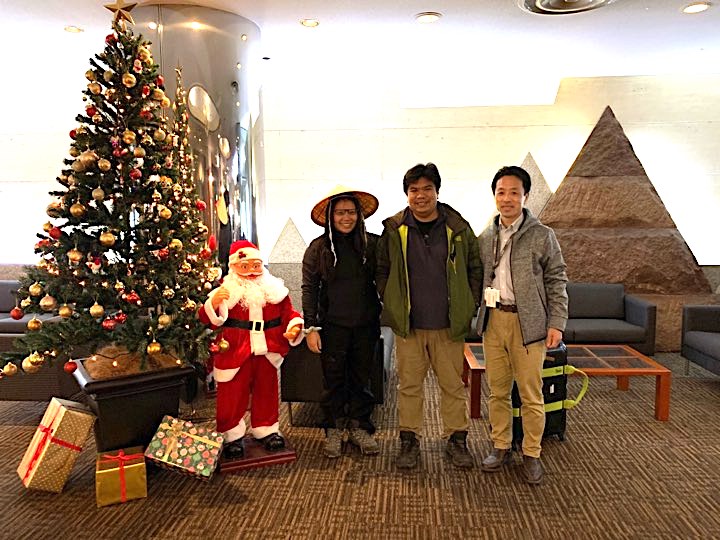
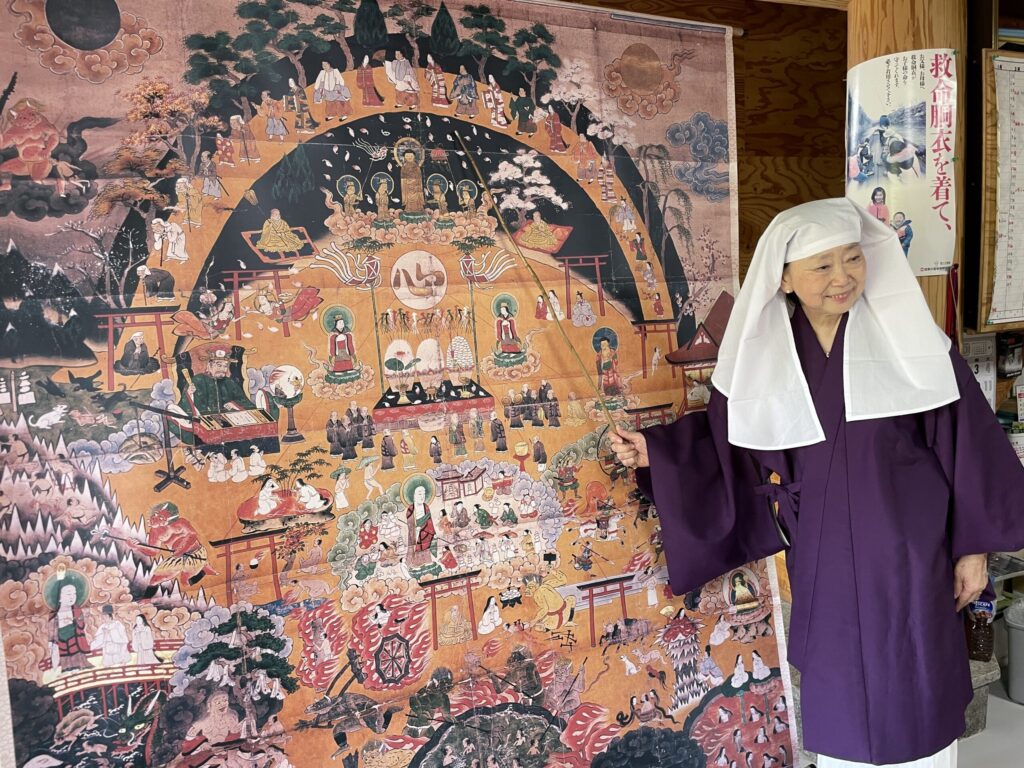
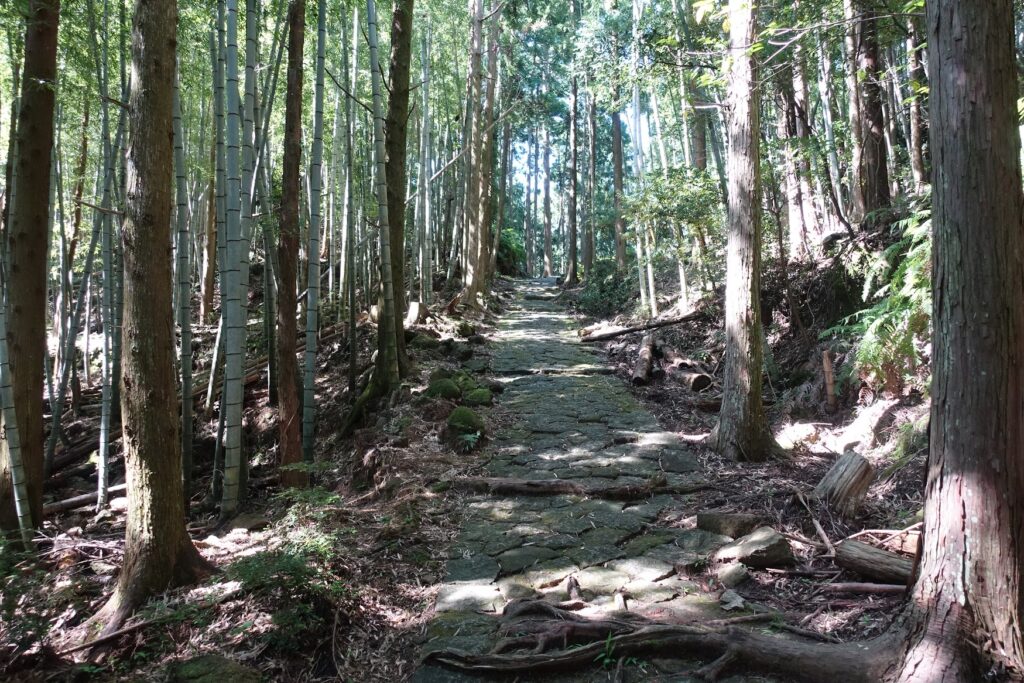
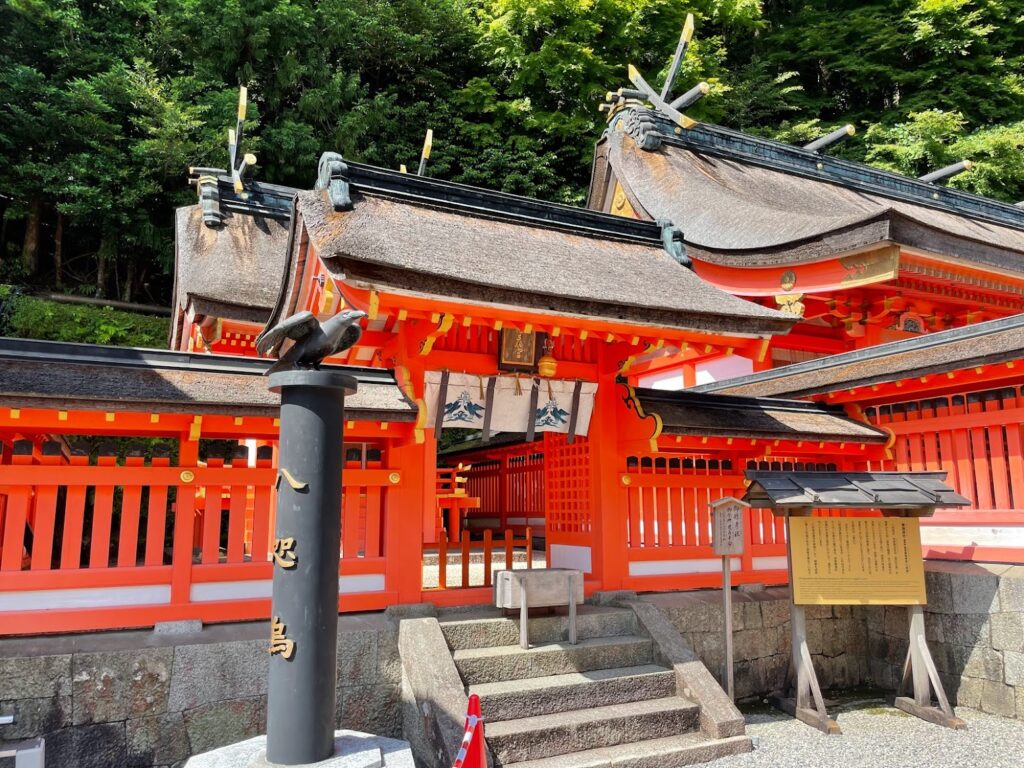
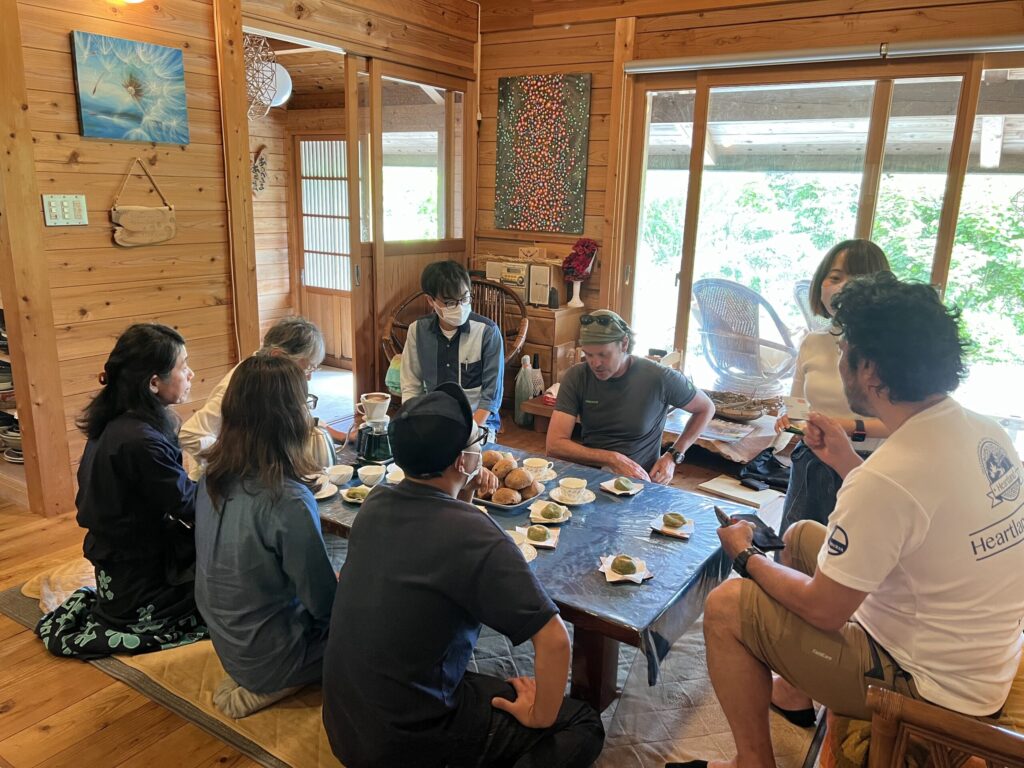
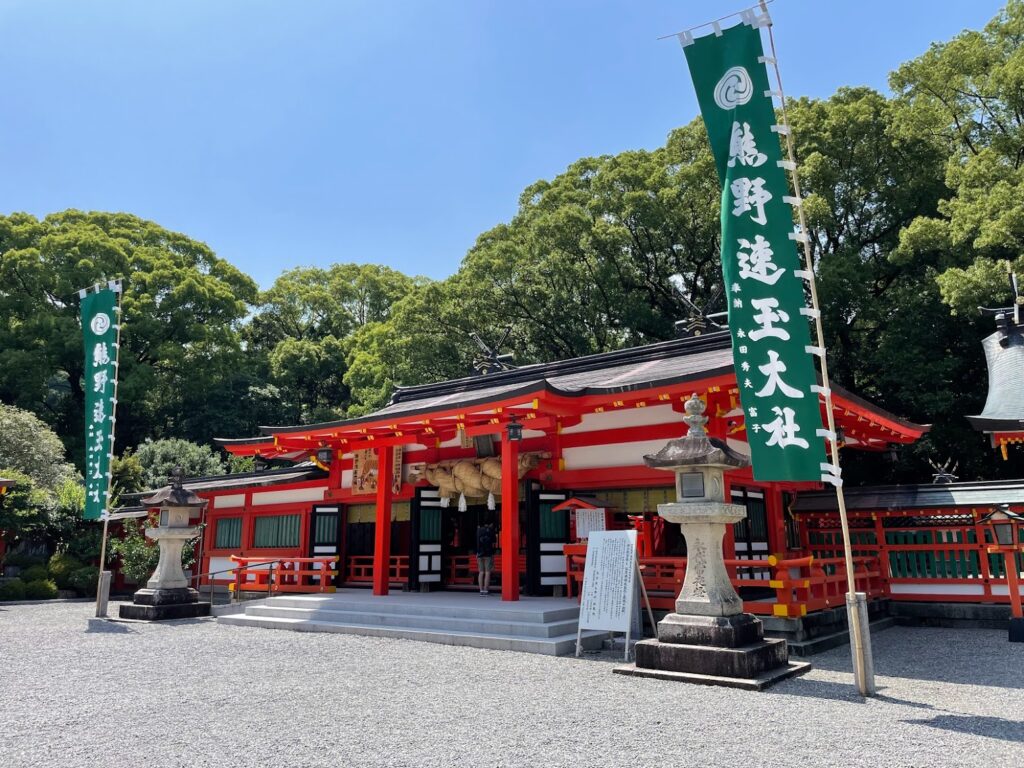
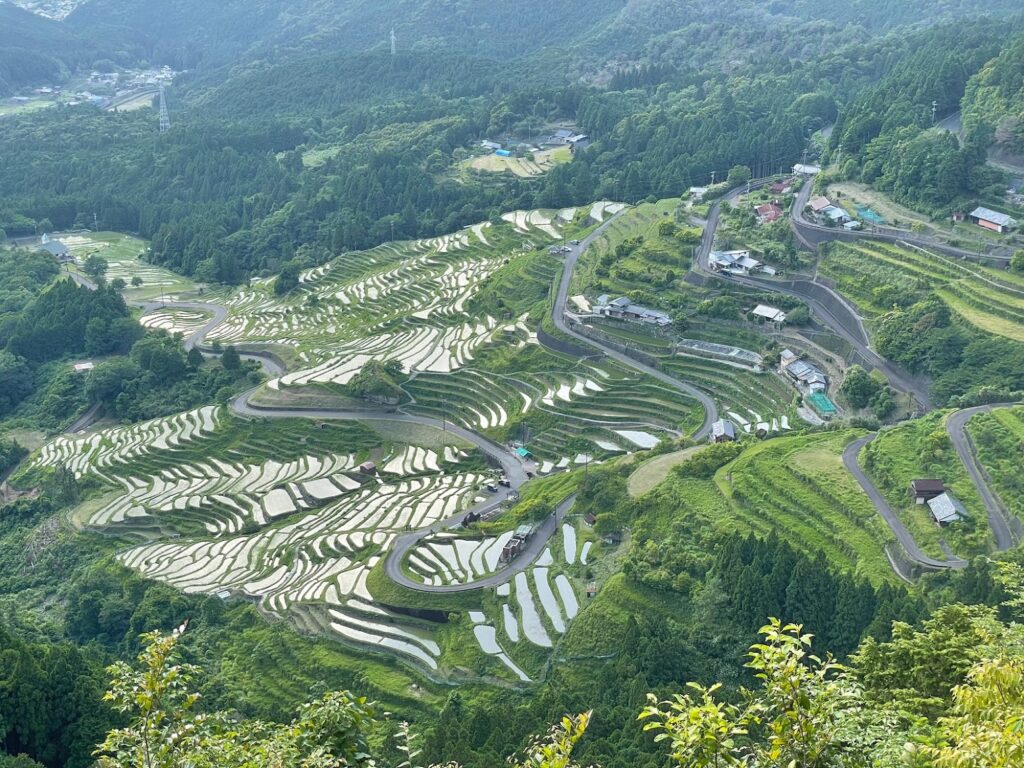
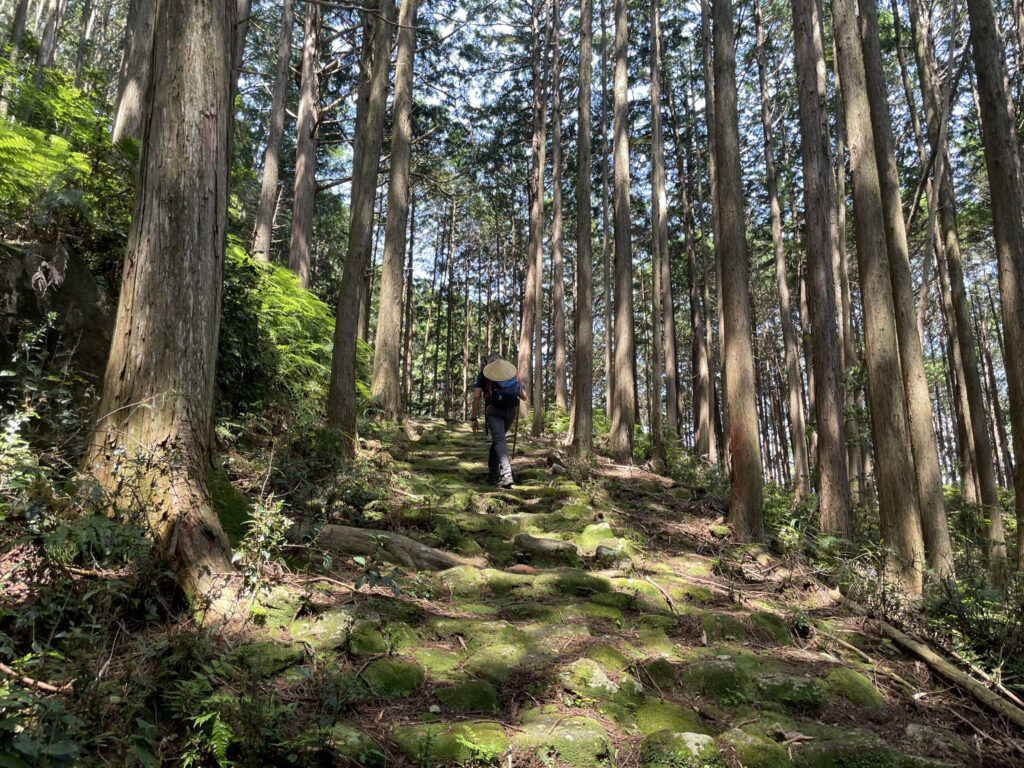
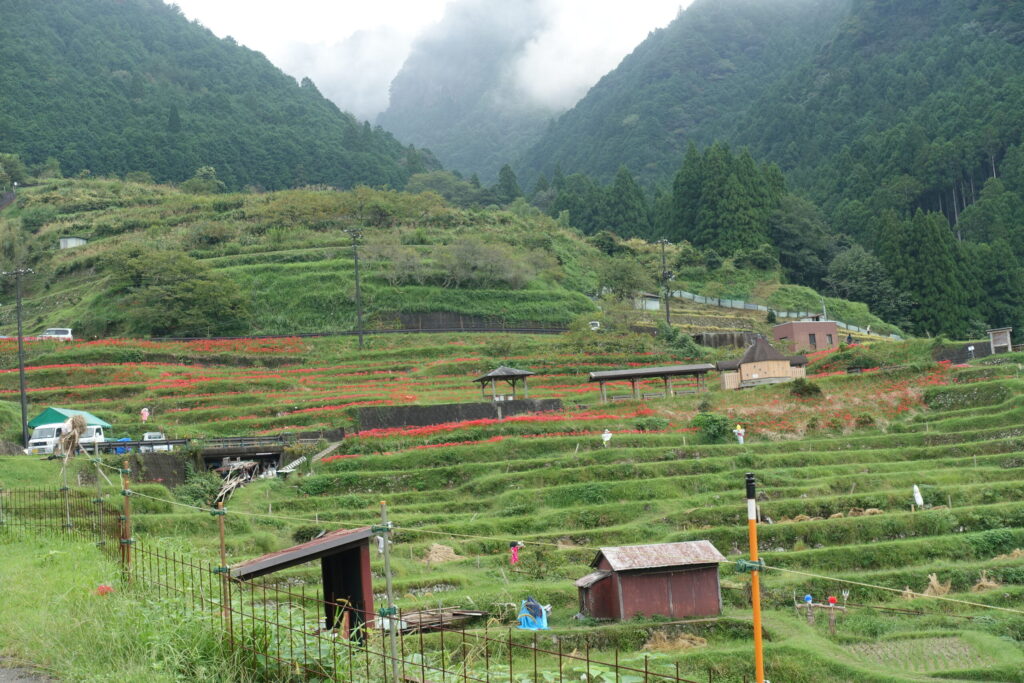


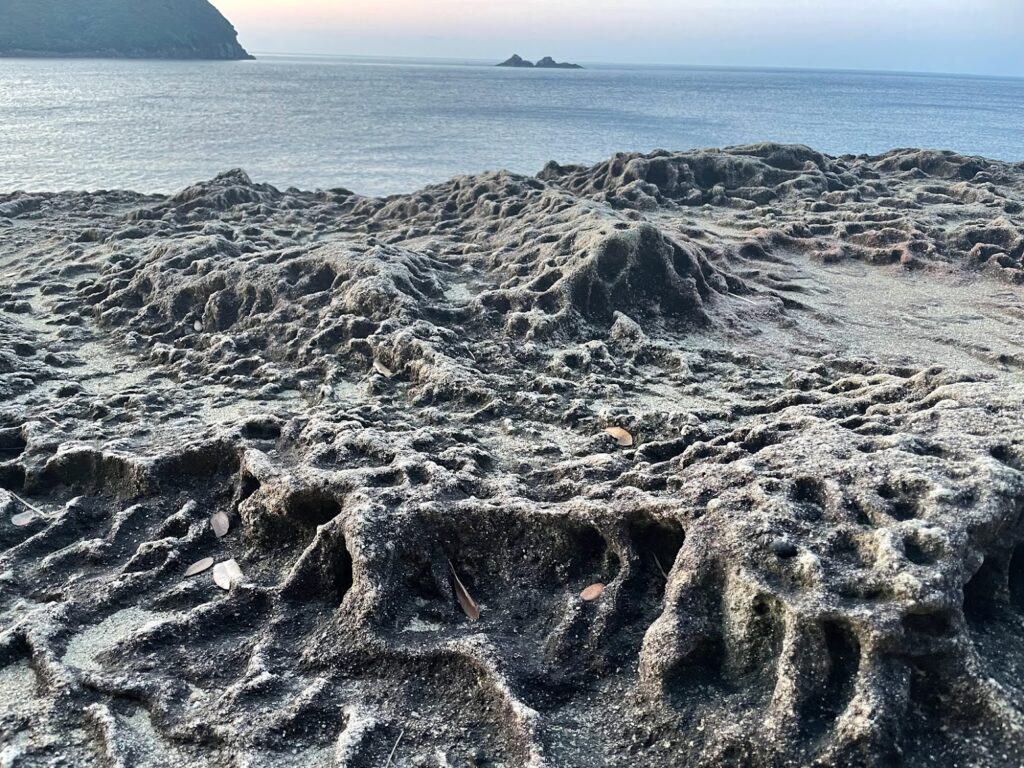
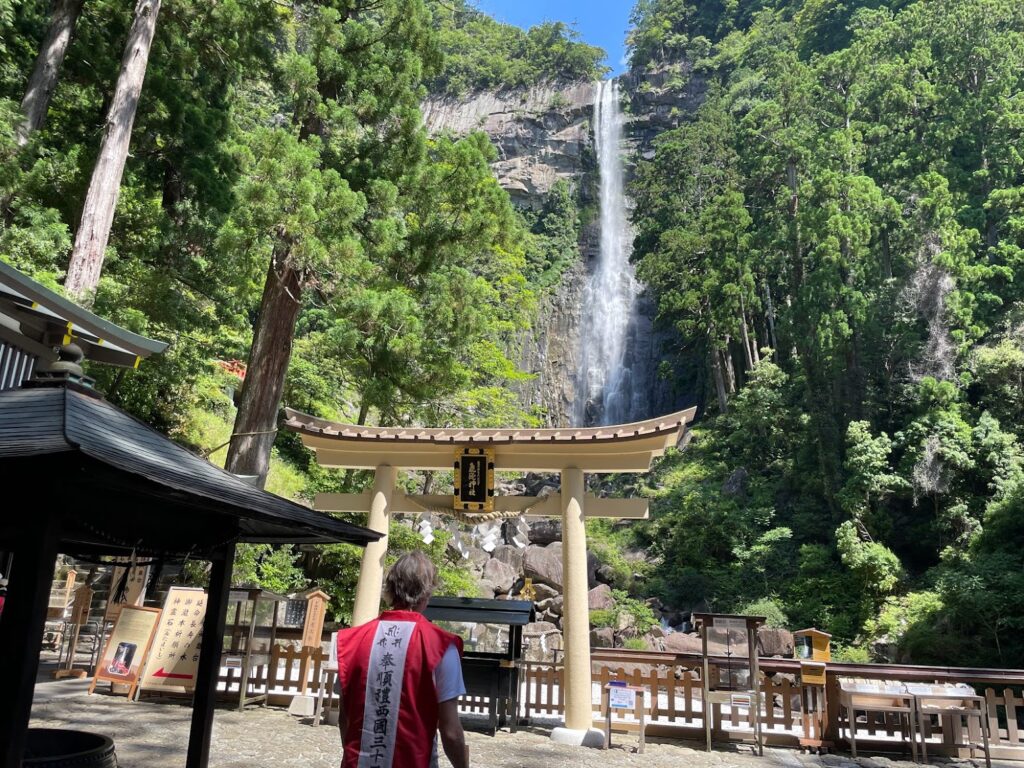
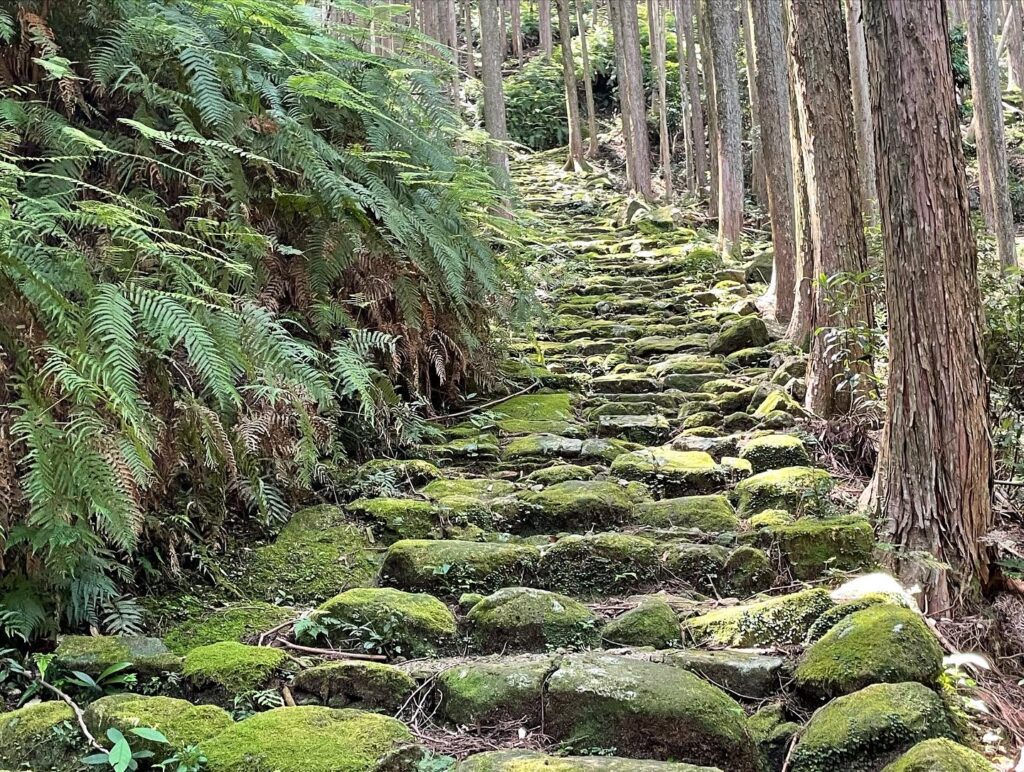
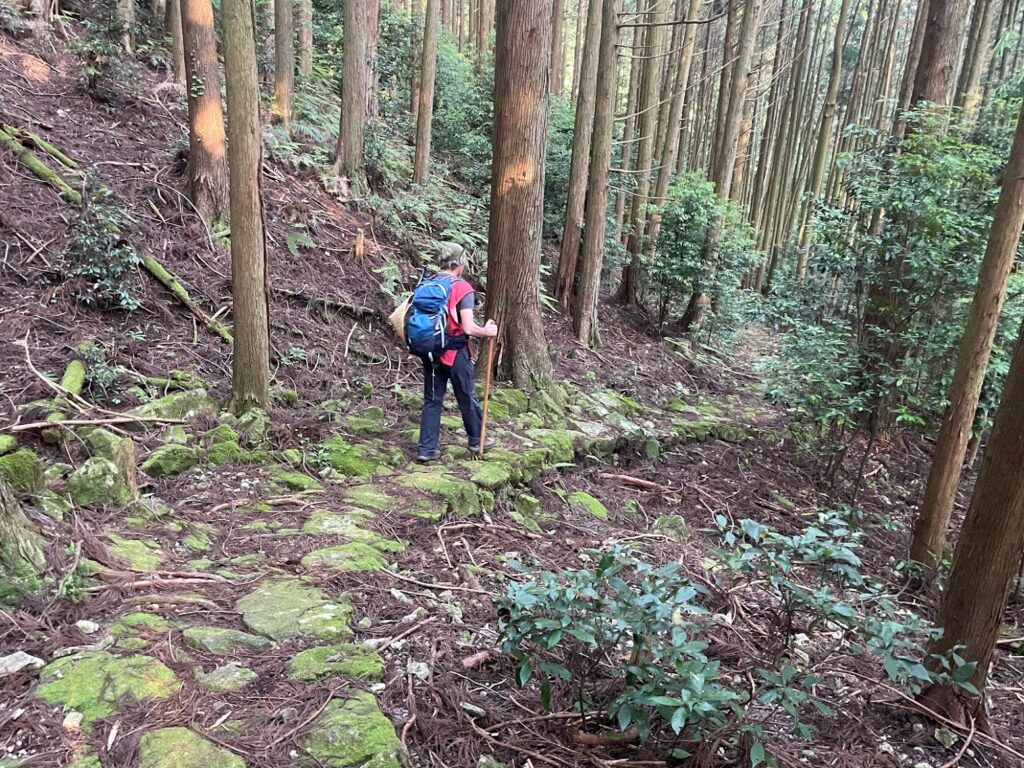

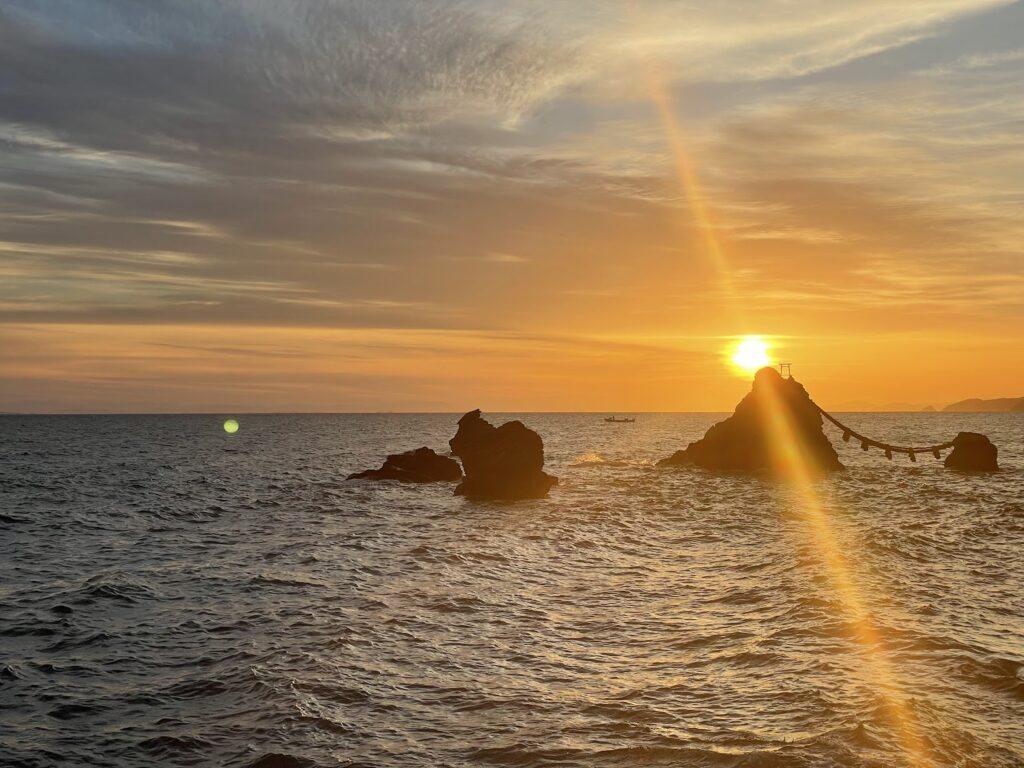
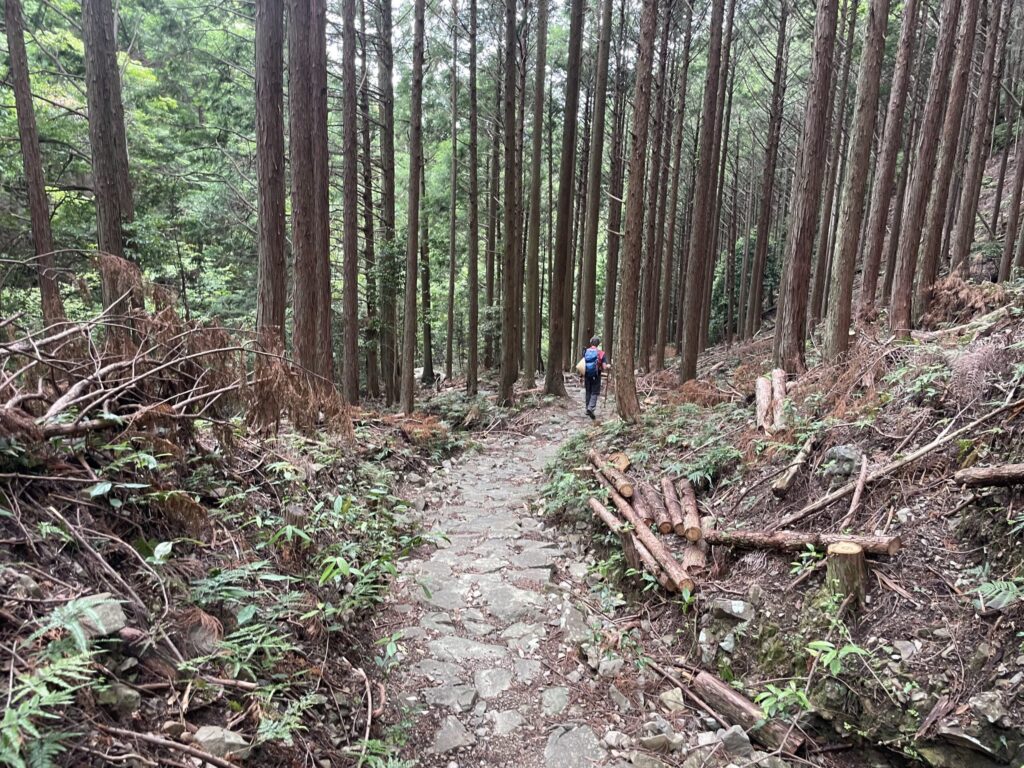
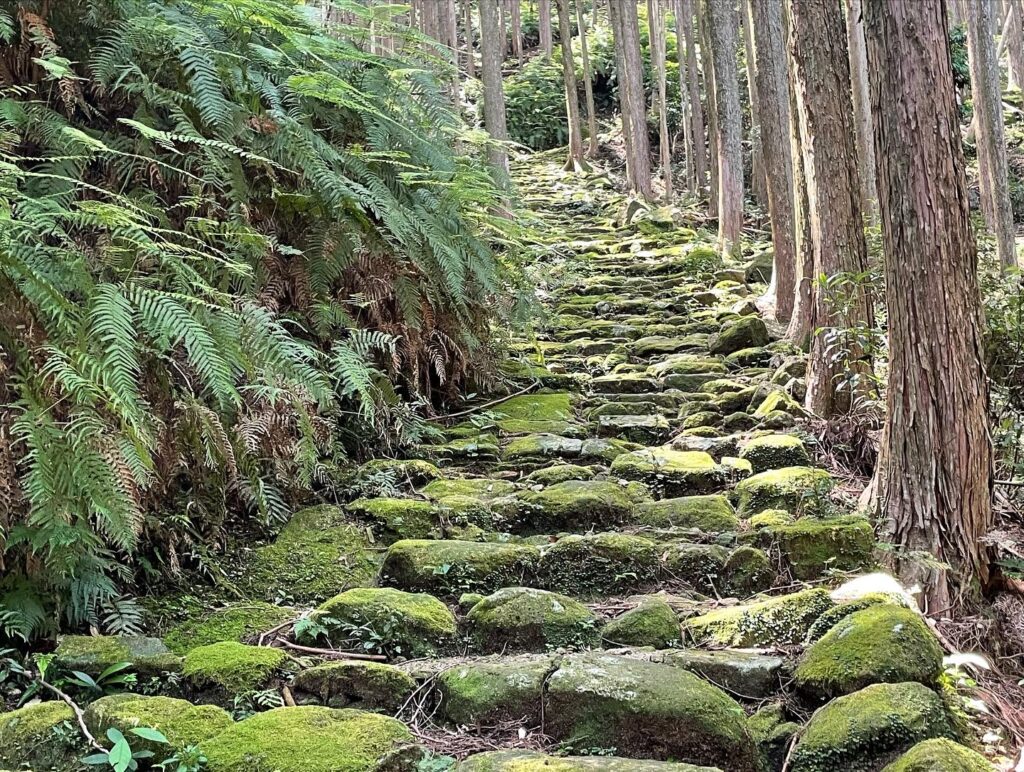

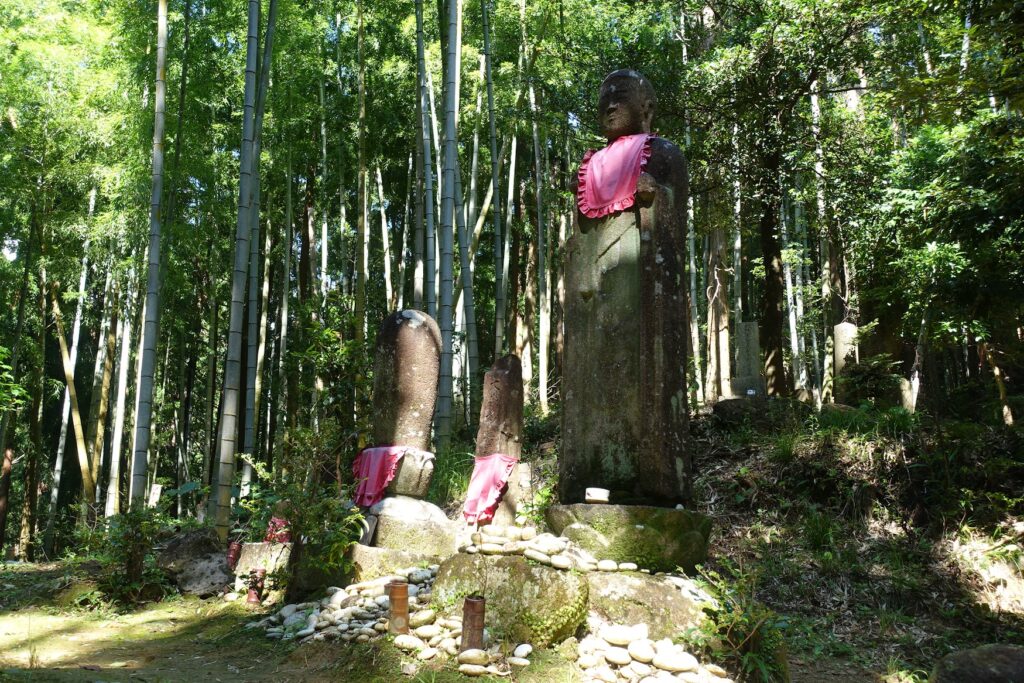
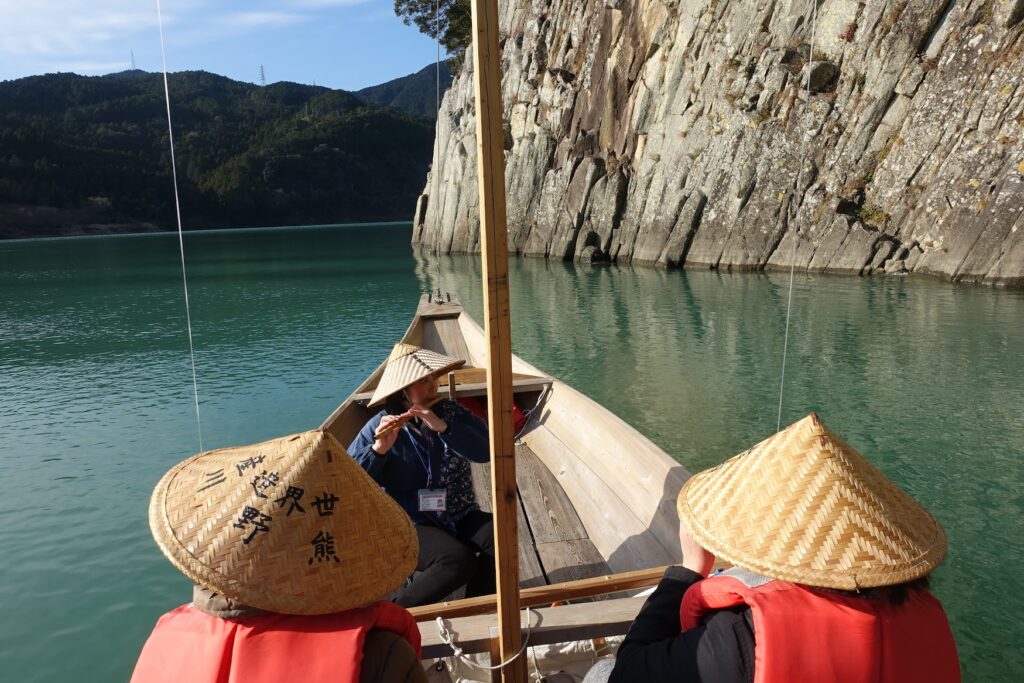
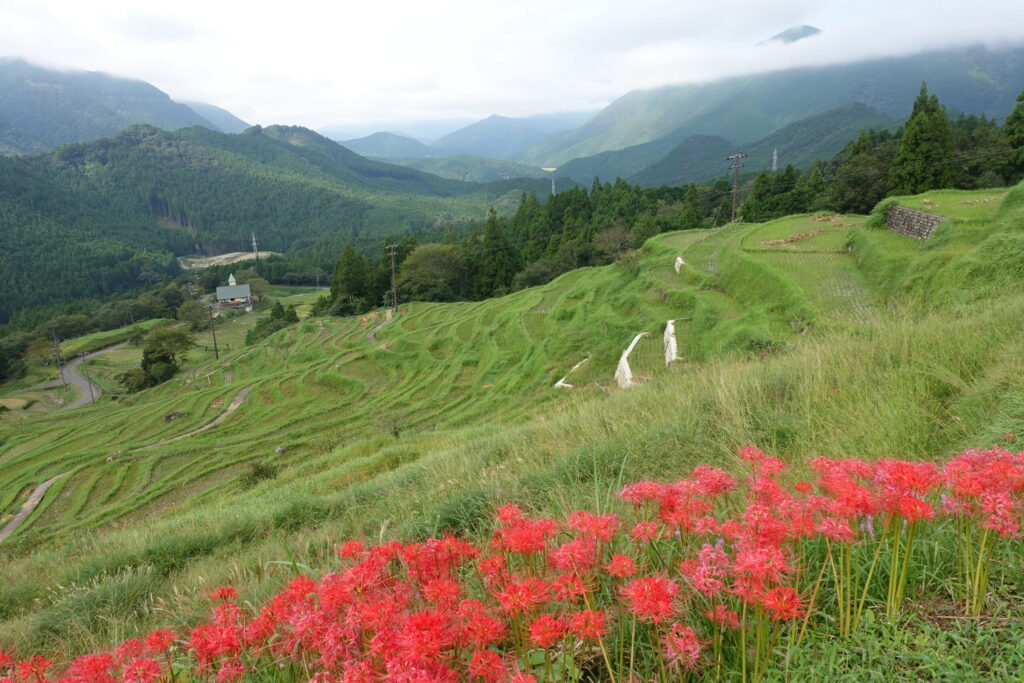
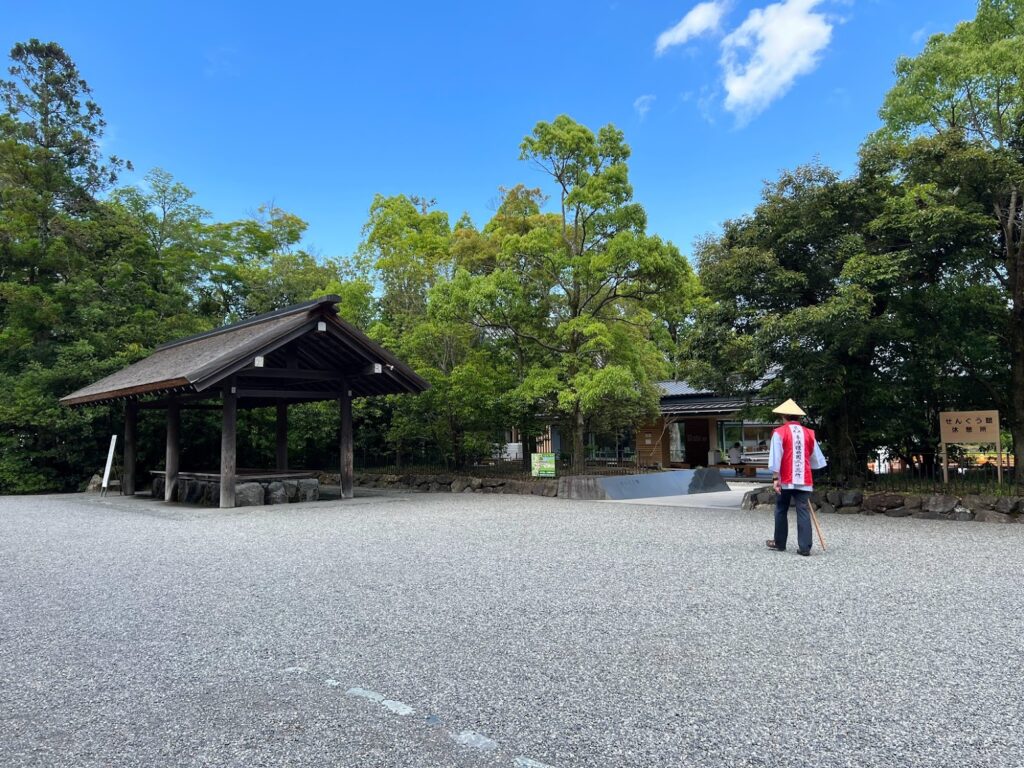

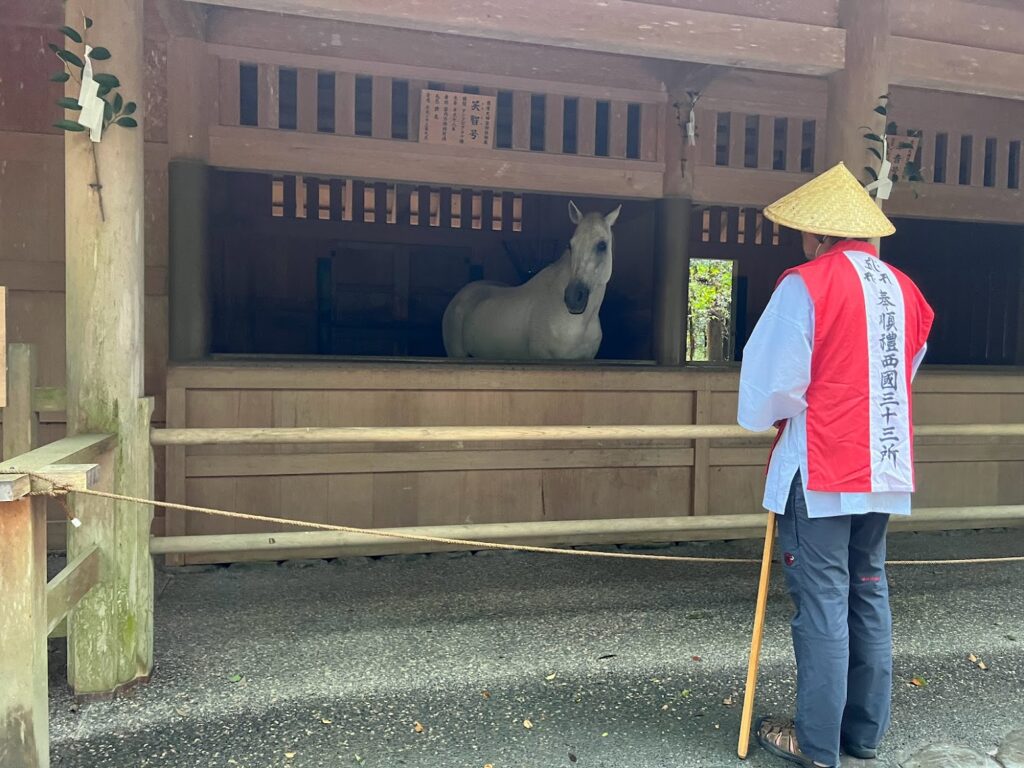

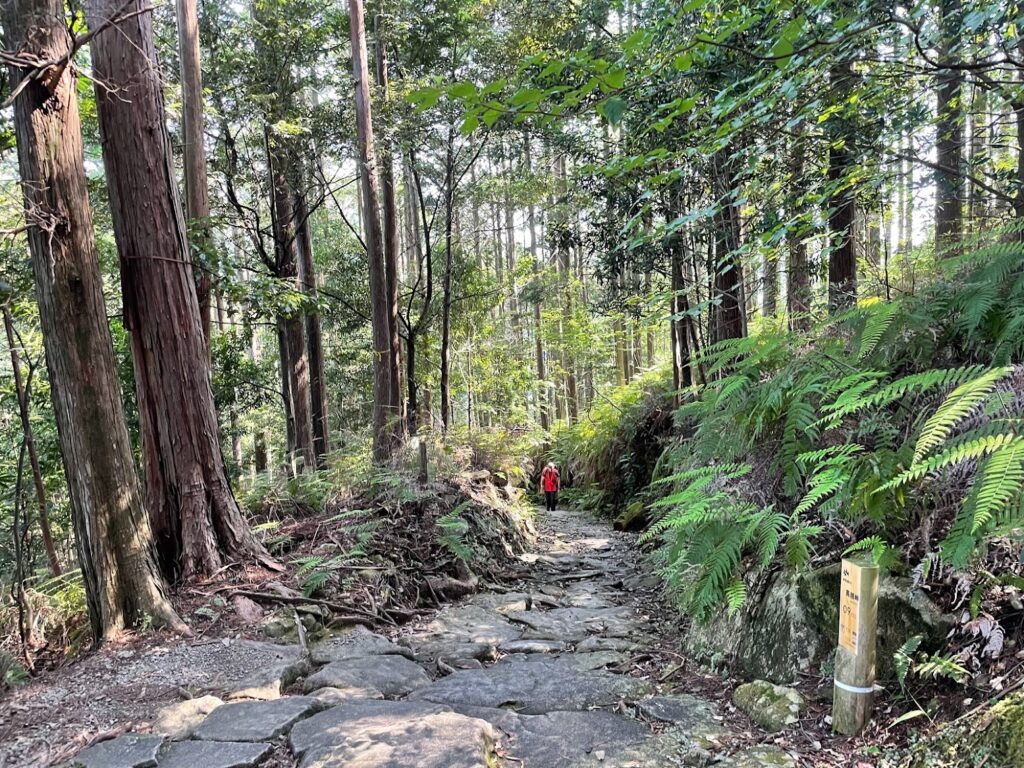
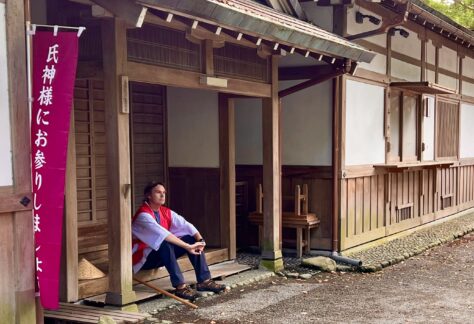
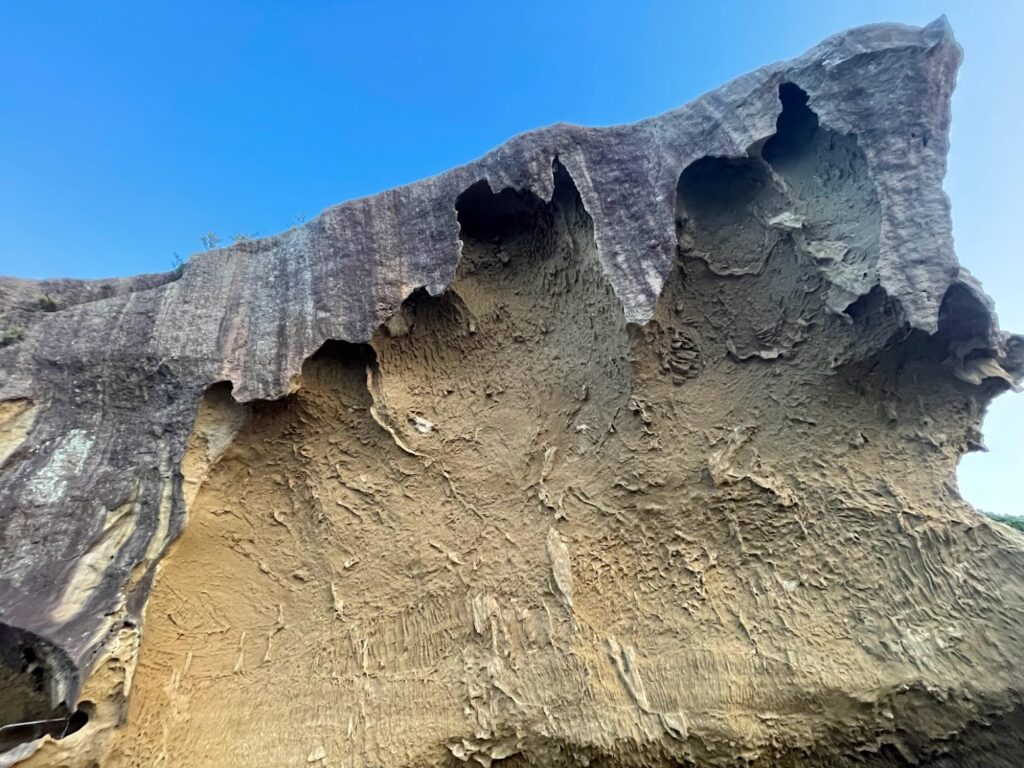
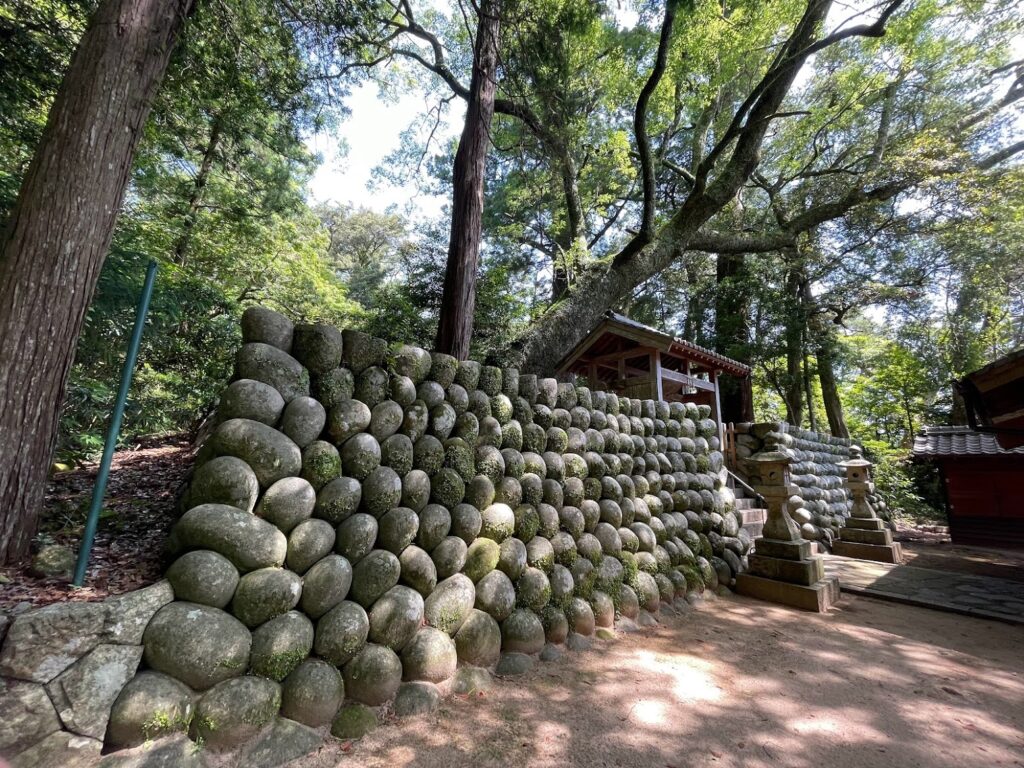
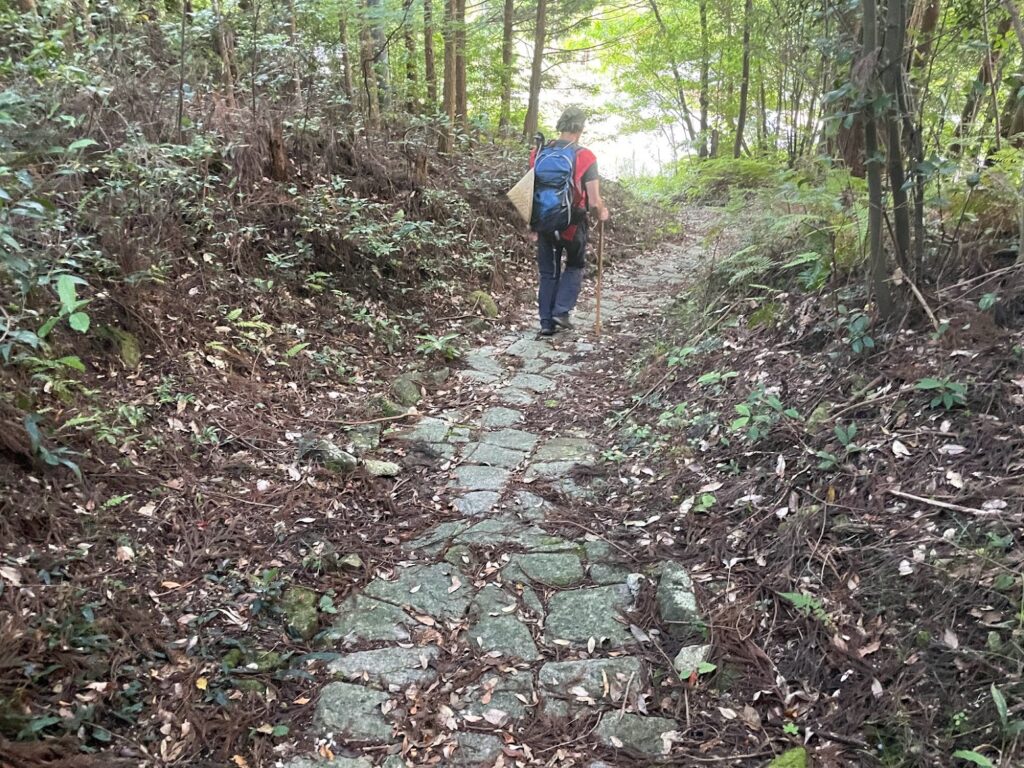
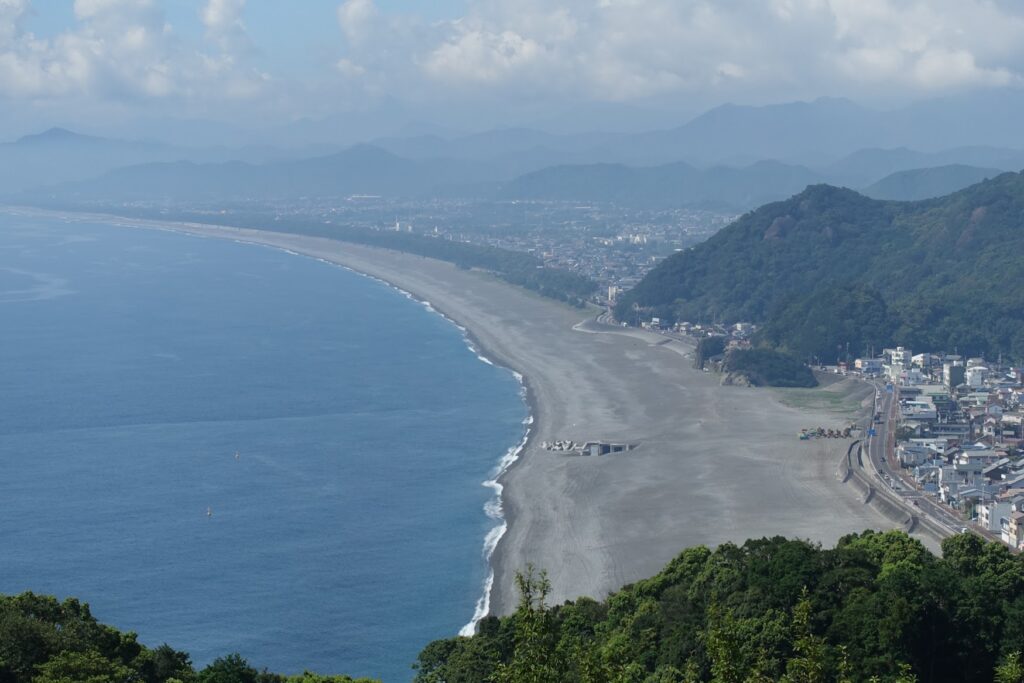
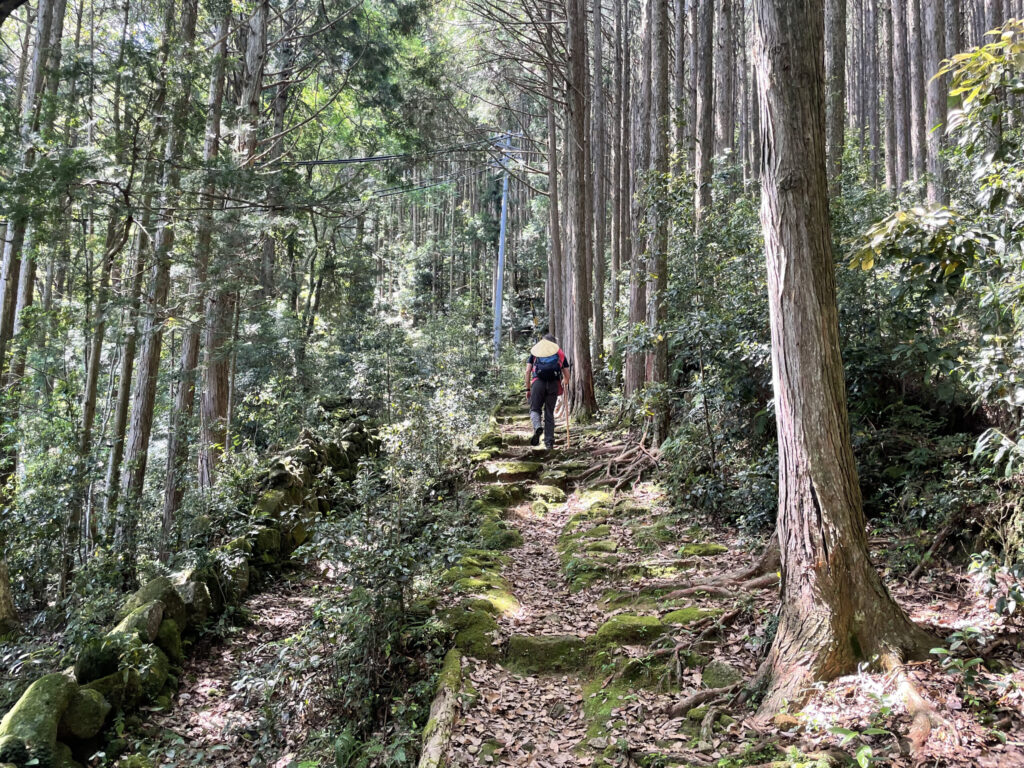
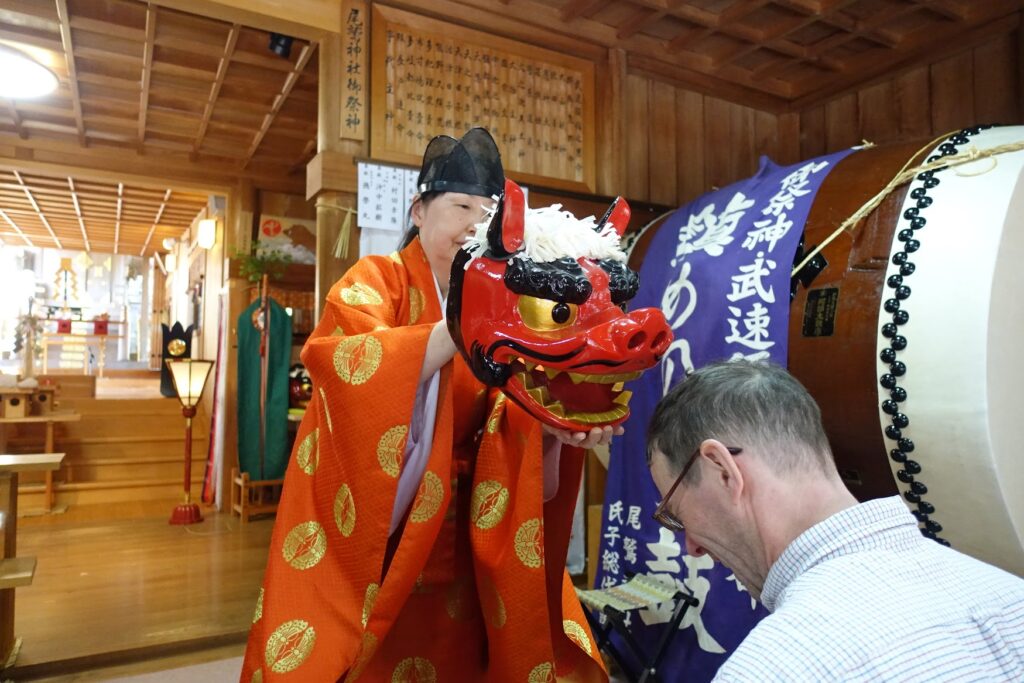
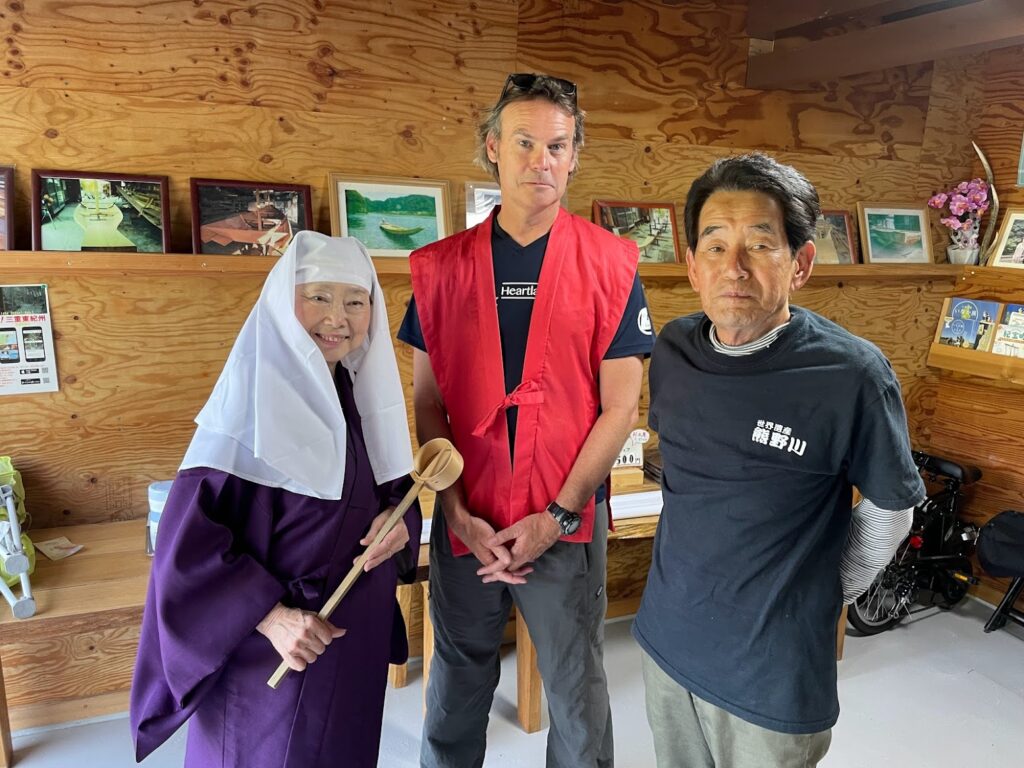
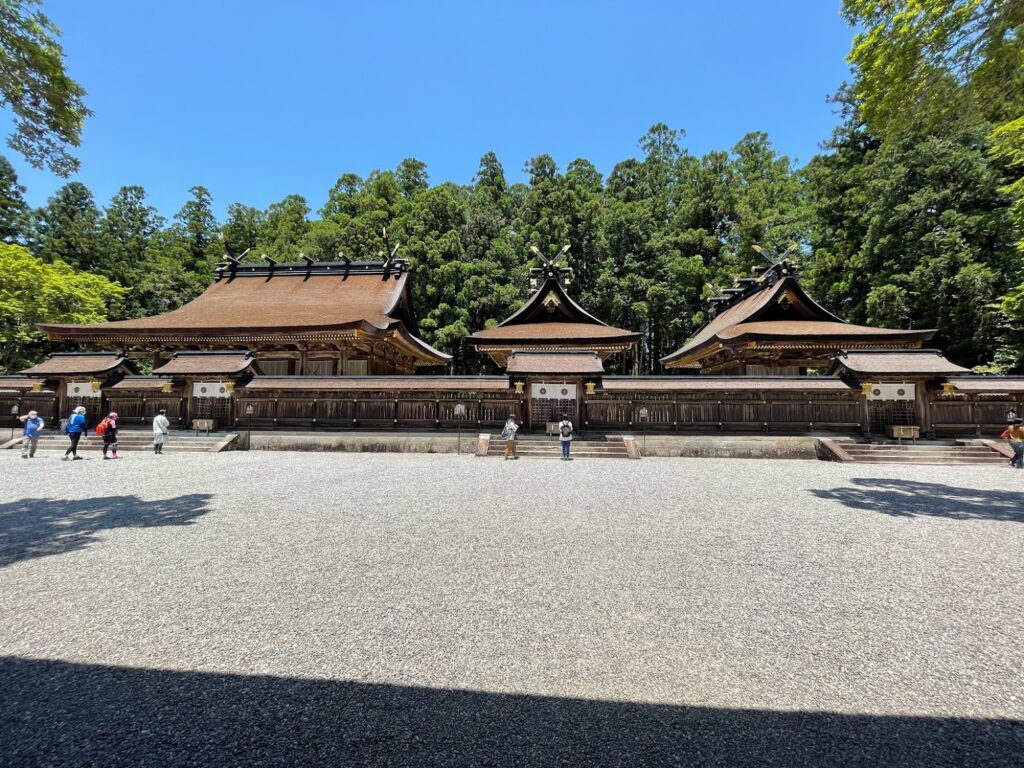
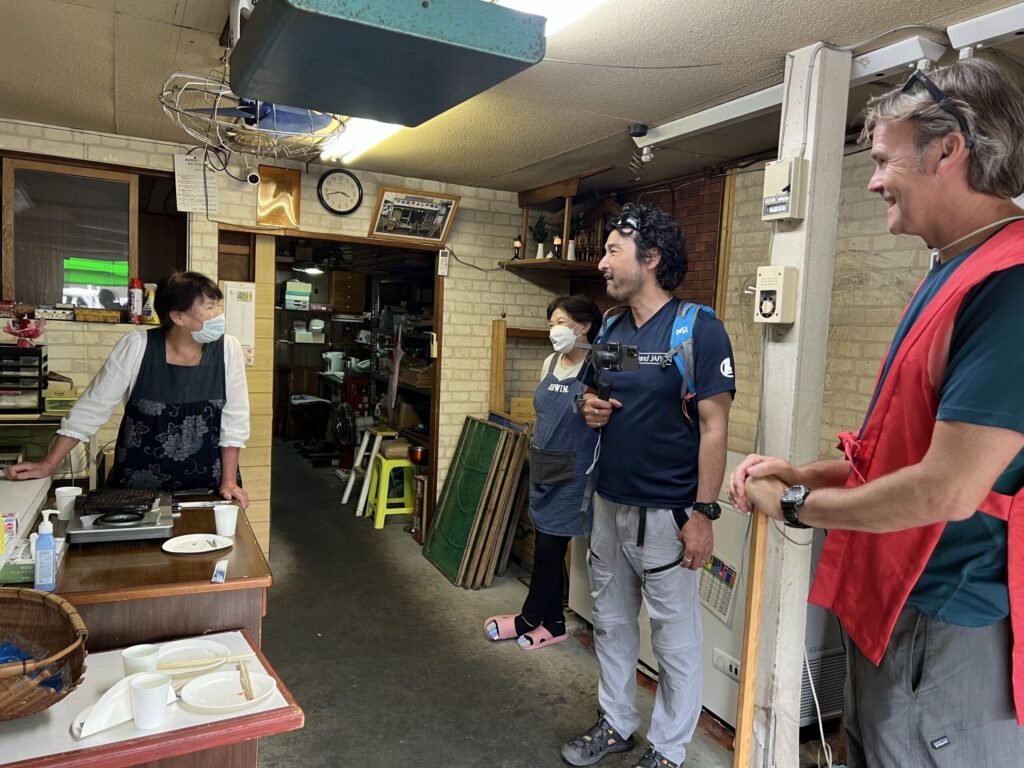
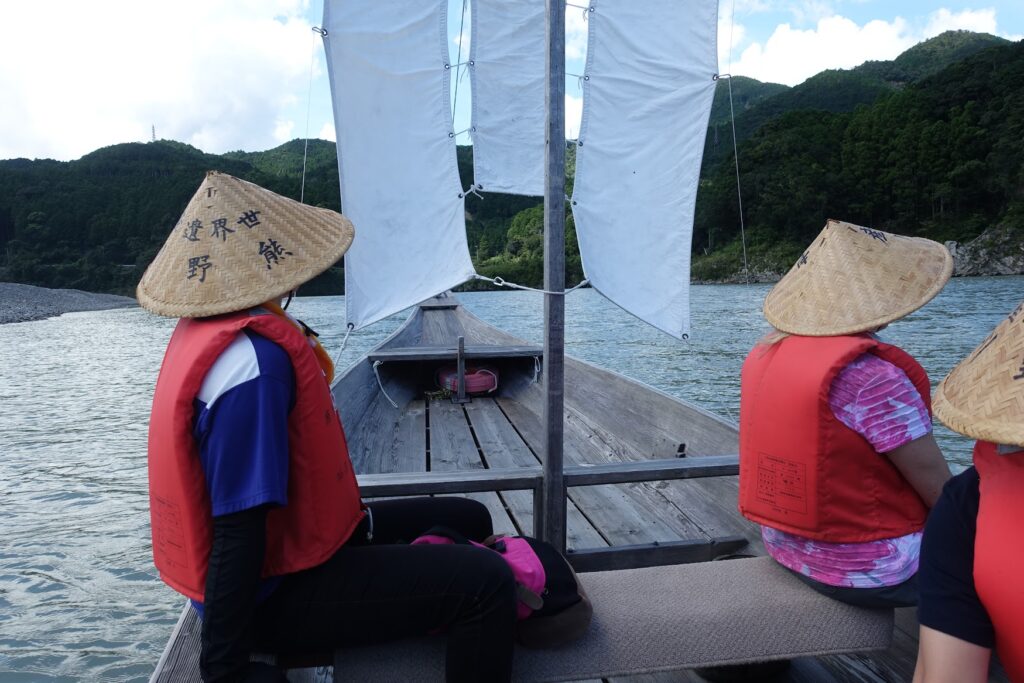
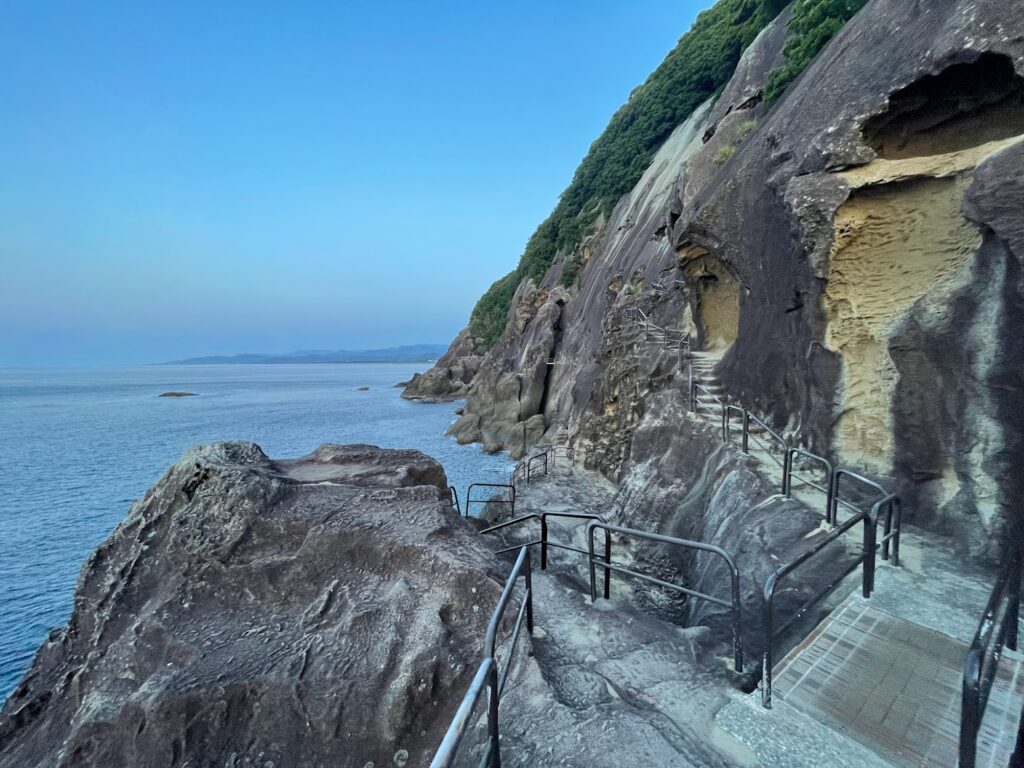
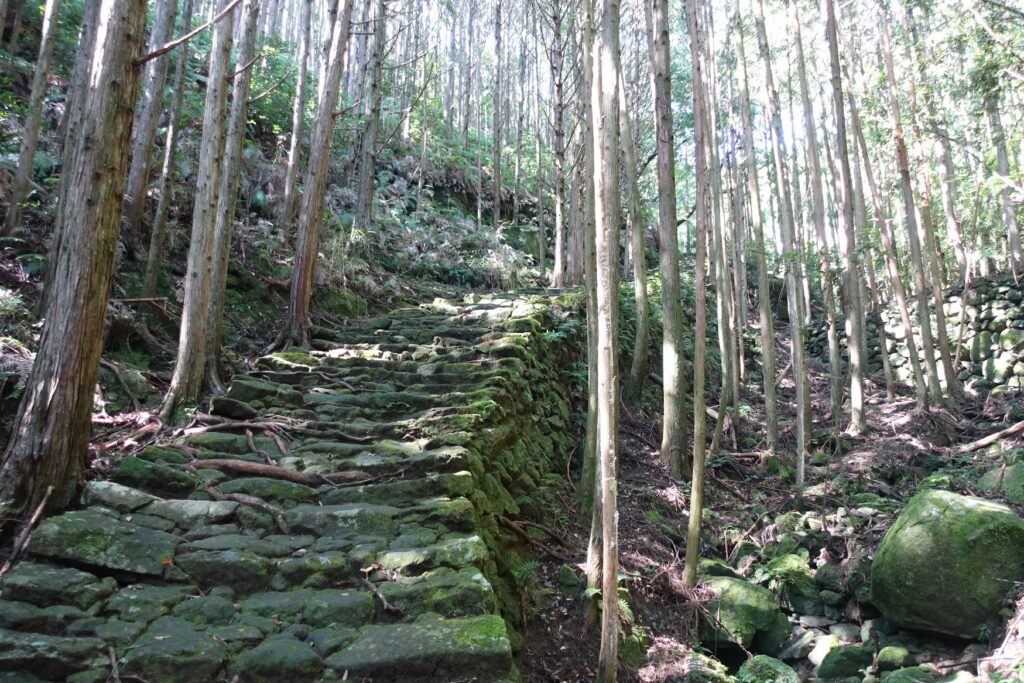


Write a Review